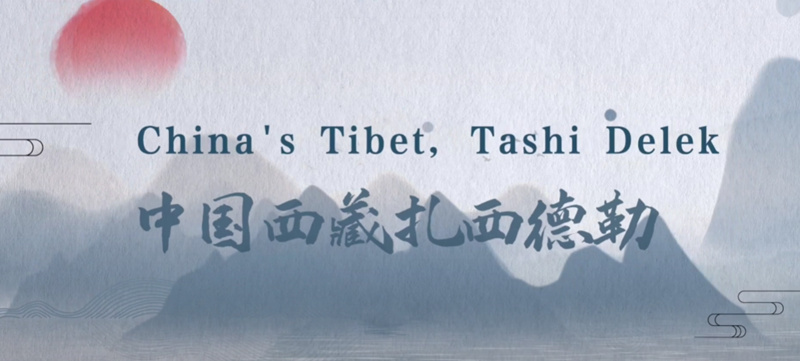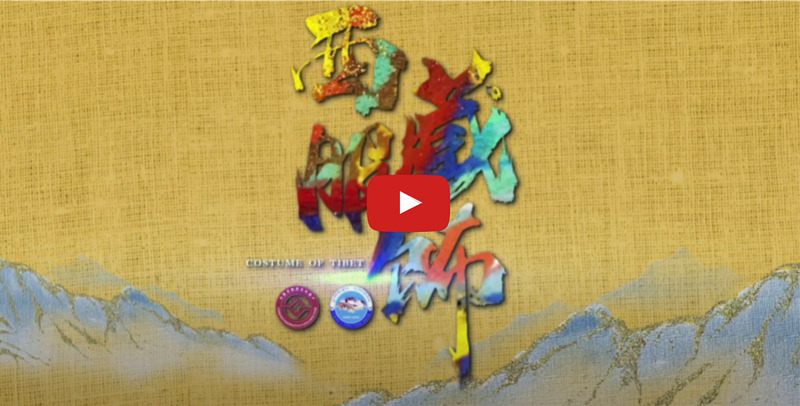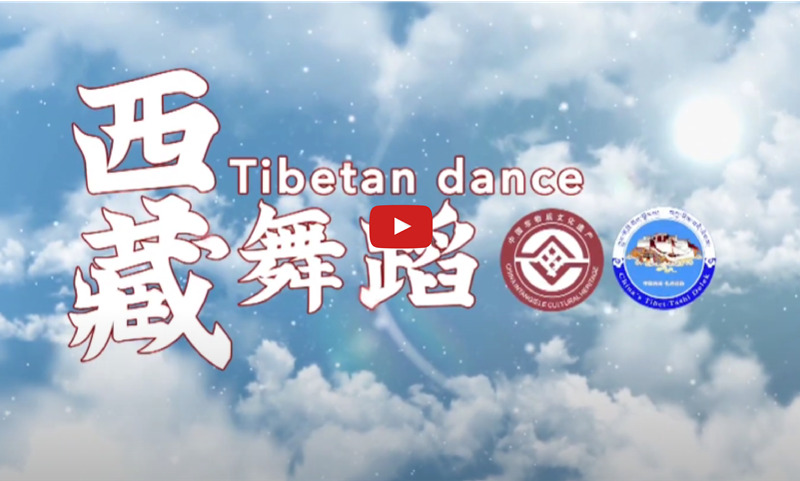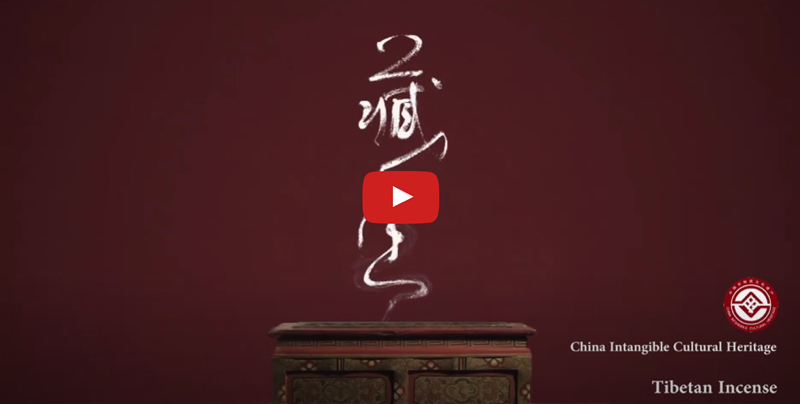
Tibetan culture is an integral part of Chinese culture. Particularly, Tibetan clothing culture is noted for its long history, rich diversity, and unique charm. The styles, fabrics and wearing methods of Tibetan costumes are closely related to the special geographical condition and Tibetan people’s living habits.
Tibetan Costumes
The Tibetan people excel at singing and dancing. It is said that in the ethnic group, “anyone who can speak is good at singing and anyone who can walk is good at dancing”. Tibetan music boasts primitive beauty, and Tibetan dance appears passionate and dynamic. A genre of dance with strong ethnic style and flavor and profound historical and cultural connotations, Tibetan dance has been created and refined by people of all ethnic groups living on the snowy plateau over centuries. The short video Tibetan Dance presents 18 Tibetan dance genres that have been listed as national intangible cultural heritage, with an aim to promote the inheritance and dissemination of Tibetan dance and enable people around the world to experience the unique appeal of Tibetan culture.
Tibetan Dance
The technique to make Tibetan incense reflects the essence of traditional Tibetan culture, and it has been inscribed on the list of national intangible cultural heritage in China. The complicated craftsmanship, intricate production process, and dedicate blending of ingredients make Tibetan incense stand out from its counterparts. Tibetan incense has yellowish brown, black and red as the main colors, and comes in the forms of sticks, towers or powder.
Tibetan Incense



